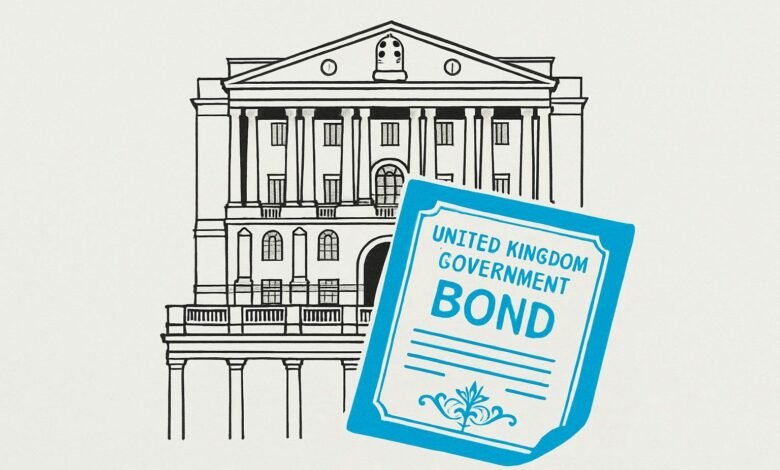Bank Of England Slows Bond Sales While Holding Rates Steady

What’s going on here?
The Bank of England is pumping the brakes on selling government bonds and keeping its main interest rate steady at 4%, opting for a more measured approach than the US Federal Reserve as inflation and government borrowing costs stay stubbornly high.
What does this mean?
The BoE is trimming annual bond sales from £100 billion to around £67.5 billion—and possibly as little as £60 billion, according to Evercore ISI. This shift comes as yields for 20- and 30-year UK government bonds hit levels not seen since 1998, partly due to the central bank’s aggressive pace of quantitative tightening. Unlike other G7 central banks, which mostly allow assets to mature, the BoE’s active selling has set the UK apart. With inflation lingering above target—hovering near 4% this month and 3.8% in August—BoE officials are treading carefully, balancing persistent price pressures and rising political heat as government borrowing costs top the G7.
Why should I care?
For markets: Central bank caution shapes the bond market mood.
The BoE’s calculated slowdown in bond sales is keeping long-term gilt yields elevated, rattling investors and policymakers alike. These higher yields are straining the government’s budget and fueling more market volatility ahead of the November budget announcement. With the US Fed heading in a different direction, the UK’s bond market stands out—drawing extra attention from investors looking for signals in global rate trends.
The bigger picture: A delicate policy dance with global consequences.
The tug-of-war between high inflation and costly borrowing is putting the UK’s economic strategy under the microscope. The BoE faces tough choices: tighten policy further and risk slowing growth, or ease up and risk reigniting inflation. How the UK navigates this crossroads could set the tone for other major economies wrestling with similar challenges from persistent price pressures and unpredictable global demand.
Credit: Source link






